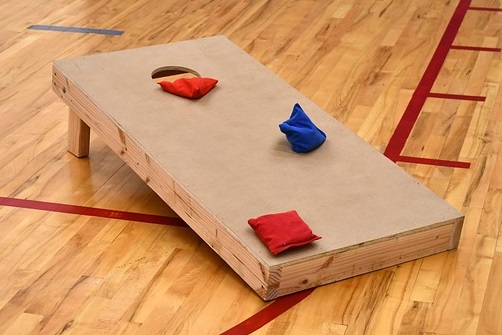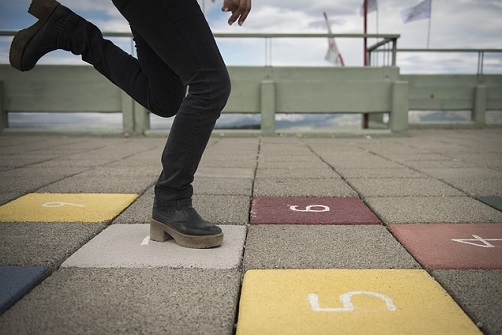Or search by topic
Number and algebra
Geometry and measure
Probability and statistics
Working mathematically
Advanced mathematics
For younger learners
Who Can Be the Winner?



- Problem
- Getting Started
- Student Solutions
- Teachers' Resources
Who Can Be the Winner?

Annaliese threw her beanbag $20$ paces. Ophilia then threw her beanbag $18$ paces. Later, Janine came along and threw her beanbag $21$ paces.
Who was the winner?

Kai hopped on one leg for $25$ hops. Anna hopped on one leg for $32$ hops. Teck hopped on one leg for $29$ hops.
Who was the winner?

Amit ran across the playground in $20$ seconds. Sara took $18$ seconds. Marek took $17$ seconds.
Who was the winner?
Try these activities for yourself.
How far can you throw a beanbag?
How many hops can you do?
How long does it take you to run across your playground?
Why do this problem?
This problem gives the children experiences of different ways of winning. Usually children expect a larger score to be the winning one. This holds in many sports (high jump, javelin throwing) but in timed events the smaller the number, the better. Confronting and discussing this contradiction may help them to understand some of the conversations about Olympic scores they may hear as well as supporting their longer term understanding of measure.
Possible approach
Key questions
Who do you think will win? Why? how do you know?
Possible support
Possible extension
You may also like
Olympic Rings
This problem is intended to get children to look really hard at something they will see many times in the next few months.
The Games' Medals
Can you see who the gold medal winner is? What about the silver medal winner and the bronze medal winner?

